On September 19, 2011, EPA medical officer Dr. Ghio responded to Steve Milloy’s September 15 inquiry about the nature of the concentrated ambient particles as follows [Click to enlarge]:
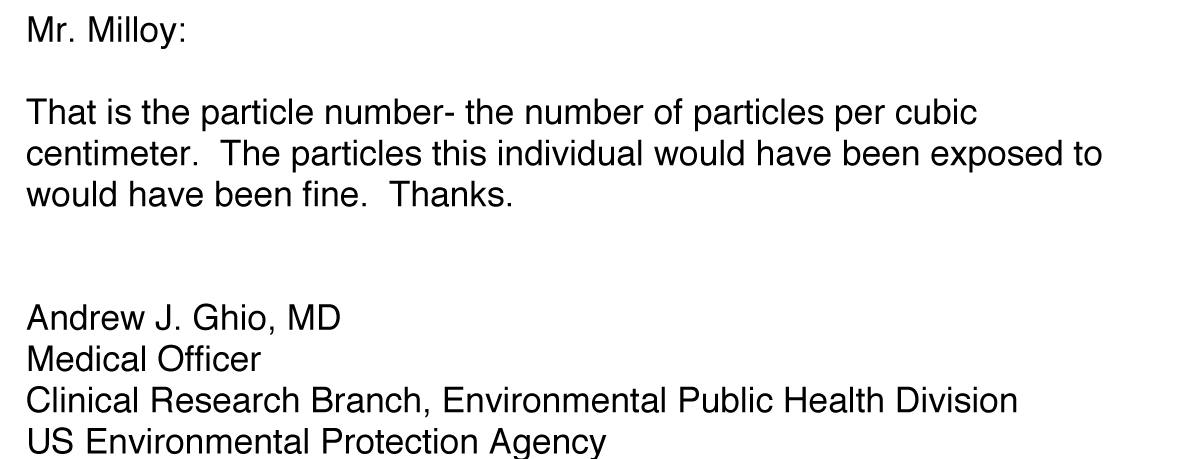
“Fine” ambient particles are known as PM2.5 (pronounced “P-M-2-point-5”).
What is PM2.5 and how does the EPA view it?
Below is how EPA introduces its website visitors to airborne particulate matter pollution [Click to enlarge]:
EPA describes the health effects of particulate pollution as follows:
But the above-shown screen captures don’t really do justice to just how dangerous the EPA believes PM2.5 to be.
Any inhalation of PM2.5 can kill within hours, according to EPA
In its most recent official scientific assessment of PM2.5, the EPA concludes on page 6-182 [Click to enlarge the excerpt]:
The first highlighted statement about the risk of “all-cause mortality” increasing as much as 1.21% for every 10 micrograms per cubic meter of PM2.5 pollution means that EPA has determined:
- For every 10 micrograms per cubic meter of PM2.5 in outdoor air, the death rate increases by as much as 1.21%. So for example, if the “pure air” death rate was 1,000 deaths for every 100,000 people, then every 10 micrograms per cubic meter would raise the death rate by 12 deaths.
- There is no safe level of PM2.5 in the air we breathe. In other words, any PM2.5 in the air incerases the death rate.
As if that is not dire enough, the second highlighted statement, including the phrase “with the strongest effects observed on lag 1 or lag 0-1, means that breathing air with PM2.5 can kill within hours of inhalation. (“Lag” means time since inhalation. “Lag 1” is one day after inhalation. “Lag 0-1” is less than one day after inhalation.)
The no-safe-threshold of exposure view of PM2.5 was recently emphasized in a July 7, 2011 commentary in the New England Journal of Medicine authored by Jonathan Samet, the chairman of the EPA’s Clean Air Scientific Advisory Committee, as follows [Click to enlarge]:
This view was reiterated in a February 3, 2012 letter from EPA air chief Gina McCarthy to House Energy and Commerce Chairman Fred Upton:
EPA has held this view of the short-term lethality of PM2.5 since at least its 2004 scientific assessment, as shown in the excerpt below [Click to enlarge].
Beyond its scientific assessments, EPA administrator Lisa Jackson has testified to Congress about the lethality of PM2.5.
During a September 22, 2011 hearing of the Oversight and Investigations Subcommittee of the House Energy and Commerce Committee, Administrator Jackson testified:
Particulate matter causes premature death. It doesn’t make you sick. It’s directly causal to dying sooner than you should.
At the same hearing, Administrator Jackson had the following exchange with Rep. Ed Markey (D-Mass.):
REP. MARKEY: How would you compare it to the fight against cancer, reducing particulate matter?
MS. JACKSON: Yeah, I was briefed not long ago. If we could reduce particulate matter to healthy levels it would have the same impact as finding a cure for cancer in our country.
REP. MARKEY: Could you say that sentence one more time?
MS. JACKSON: Yes, sir. If we could reduce particulate matter to levels that are healthy we would have an identical impact to finding a cure for cancer.
To put these comments in context, consider that cancer kills about 570,000 Americans per year, according to the American Cancer Society, and that the estimated number of deaths in the U.S. during 2010 was about 2.47 million, according to the U.S. Centers for Disease Control. So Administrator Jackson testified to Congress essentially that PM2.5 causes almost 25 percent of all deaths annually in the U.S.
Finally, EPA human clinical studies coordinator Martin W. Case asserts in a declaration filed in federal court that PM2,5 experiments can result in death:
… there is the possibility you may die from this.
An extended analysis of this quote is located here.
PM2.5 is also a cancer risk, according to EPA
Speaking of cancer, the EPA also views PM2.5 as posing a cancer risk.
As early its 2004 scientific assessment (Page 9-46), EPA had linked PM2.5 with lung cancer as in the excerpt below [Click to enlarge].
EPA reiterated this view in its 2009 scientific assessment (Page 7-81) of PM2.5 as below [Click to enlarge].
EPA regulates PM2.5 on the basis of lethality
EPA does more than just talk about the “killer” nature of PM2.5, it regulates on that basis as well, and has been doing so since 1997.
The EPA’s justified its July 2011 regulation known as the Cross-State Air Pollution Rule by claiming the monetized health benefits of the rule (virtually all of which arise from the EPA’s assertion that the rule would reduce deaths by reducing PM2.5 and then valuing each life saved by approximately $8 million) justify the rule’s compliance costs, as shown in the excerpt below from EPA’s web site. [Click to enlarge].
EPA used a similar reliance on PM2.5 to justify its December 2011 Mercury Air Toxics Standard as shown in the excerpt below from the EPA’s web site.
The Most Toxic Substance on Earth?
Although EPA doesn’t explicitly make this claim, when you consider what EPA says about it, PM2.5 is the most toxic substance known to man.
- Death mere hours after inhalation. Consider, for example, dreaded substances that EPA considers to be cancer-causing like asbestos, benzene, ionizing radiation, tobacco smoke, etc. Unlike with PM2.5, in none of these cases, does EPA assert that a typical exposure can kill you within hours.
- Death from any exposure. Consider that even a poisons like cyanide or a chemical weapon require that a certain dose be administered. Mere exposure to poisons is not fatal. It’s the dose that counts. But with PM2.5, the EPA has determined that even the slightest exposure increases the risk of death (within hours, by the way).
Thus, PM2.5 may be considered to be the most toxic substance on Earth, according to EPA’s scientific assessments.
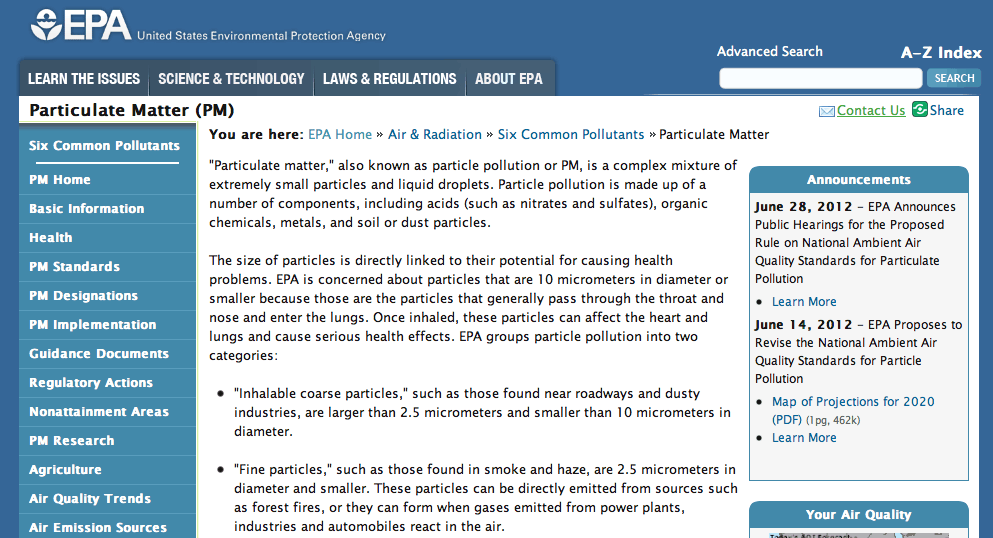


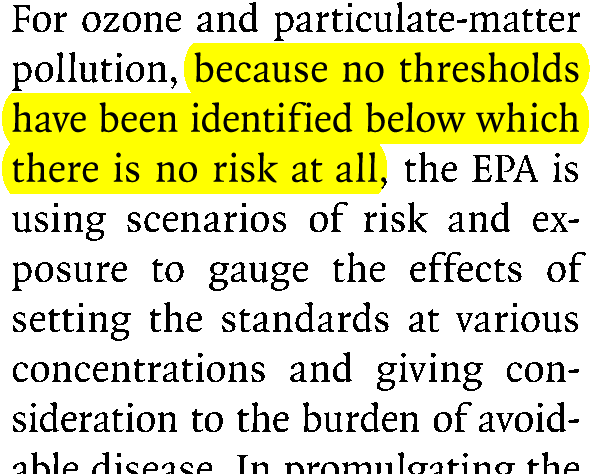

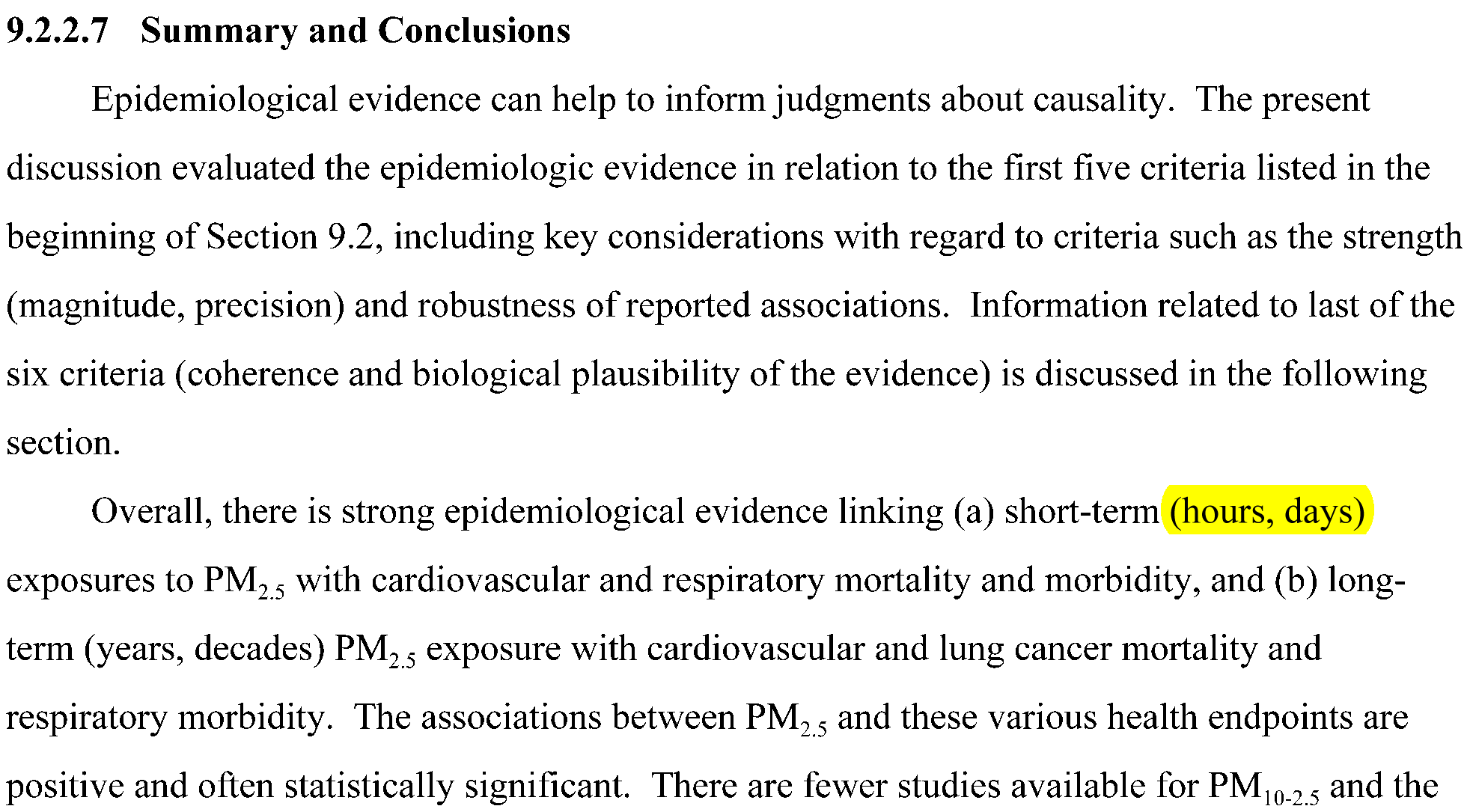
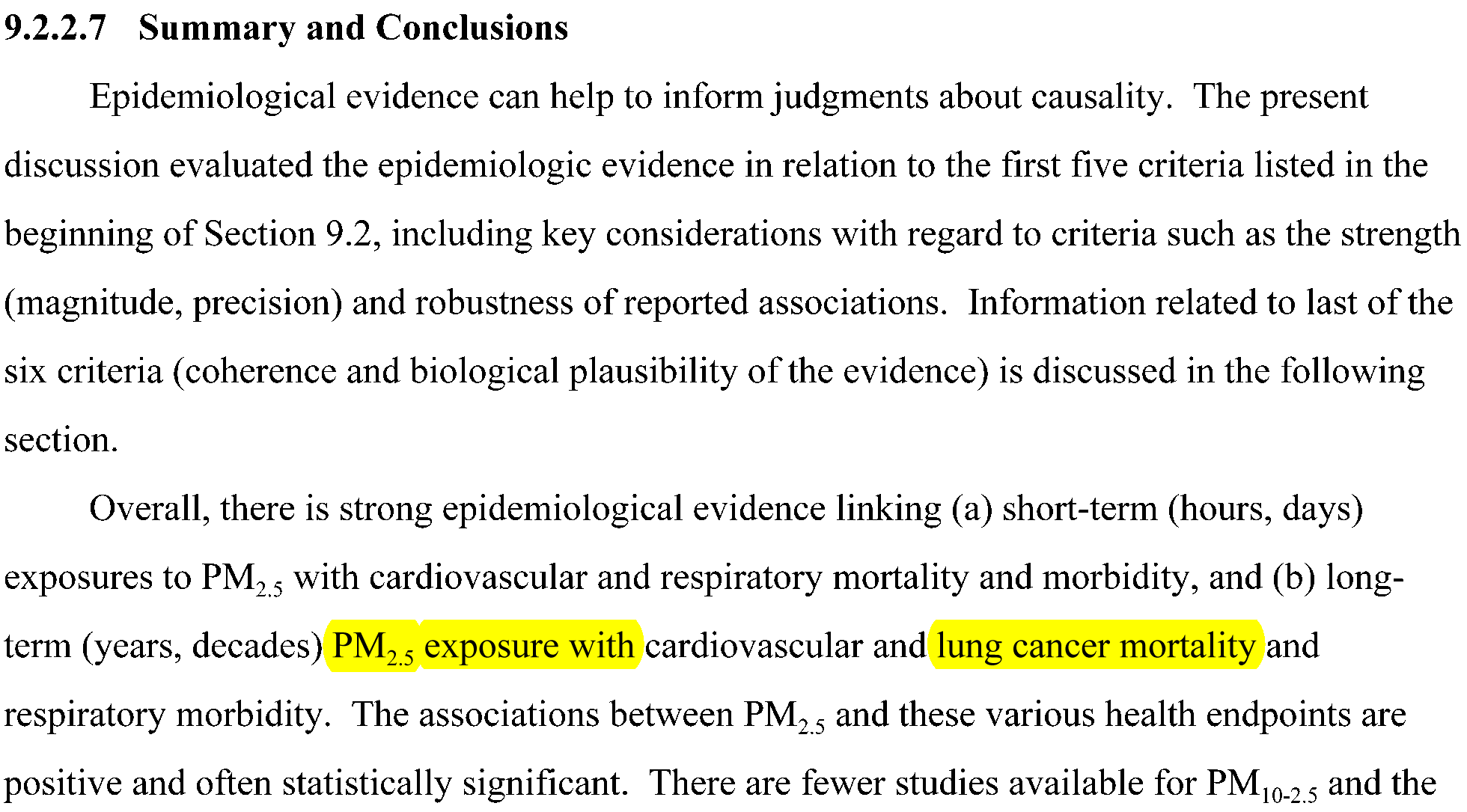


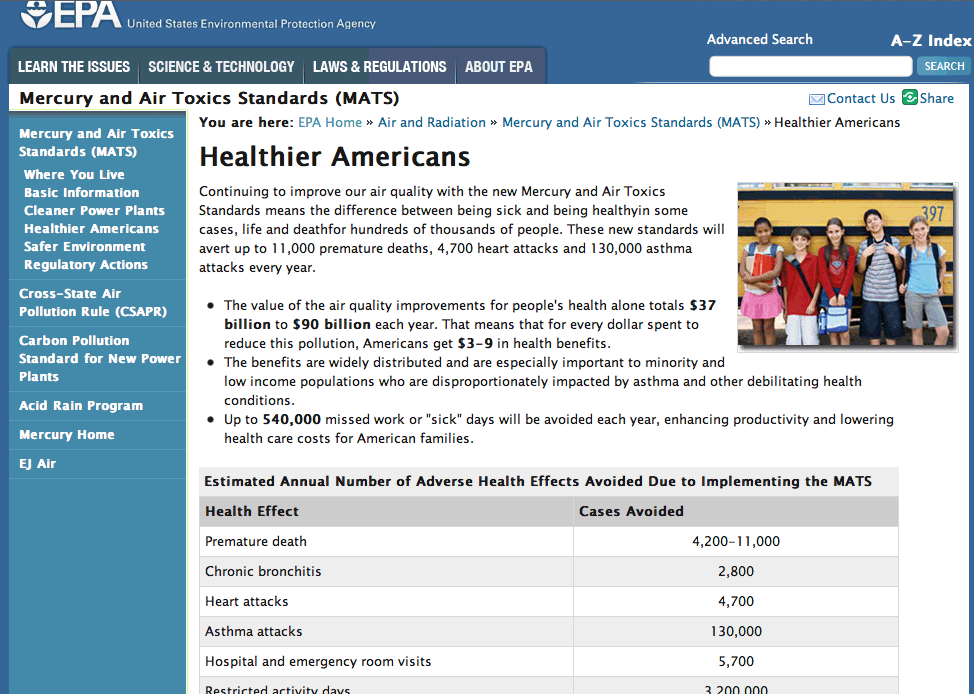
4 thoughts on “The Most Toxic Substance on Earth”